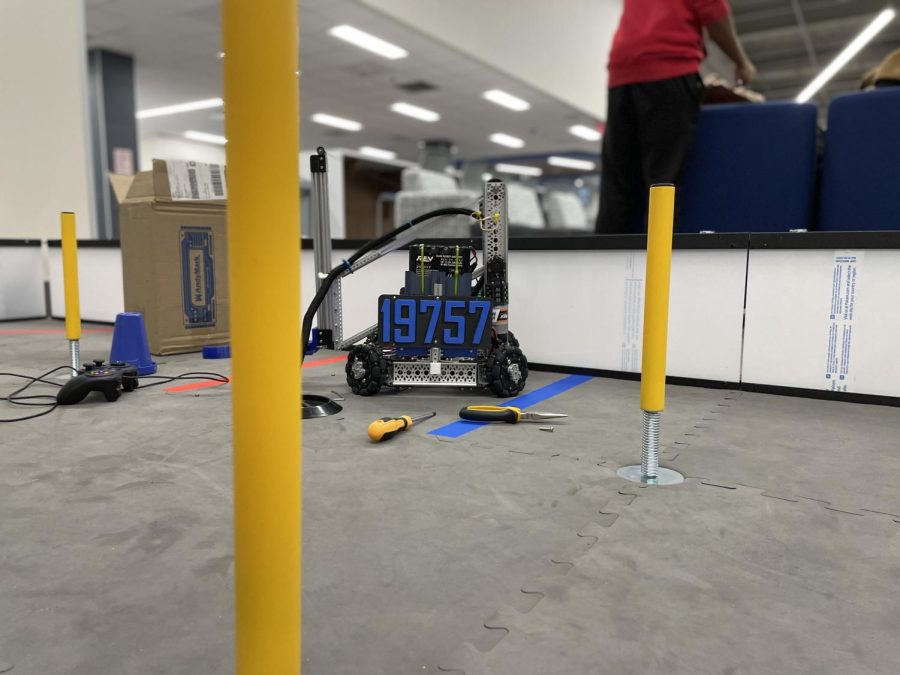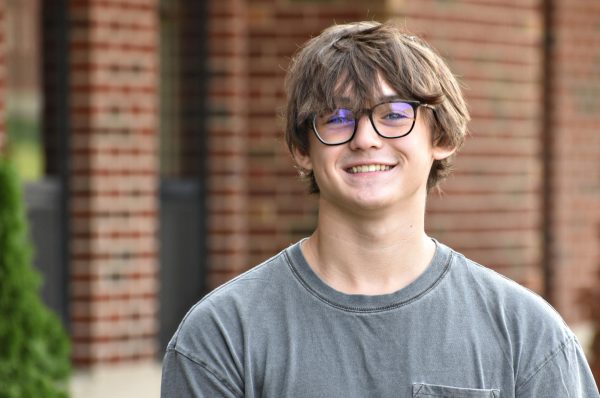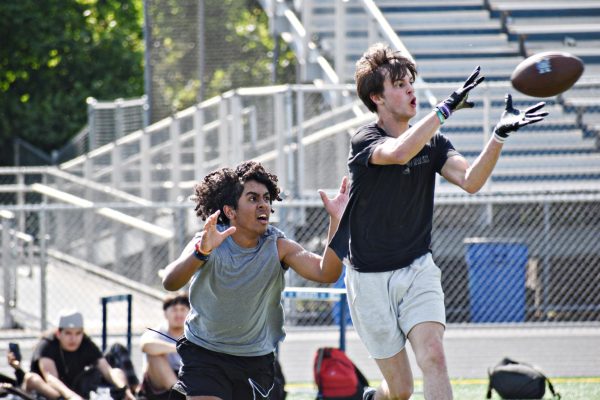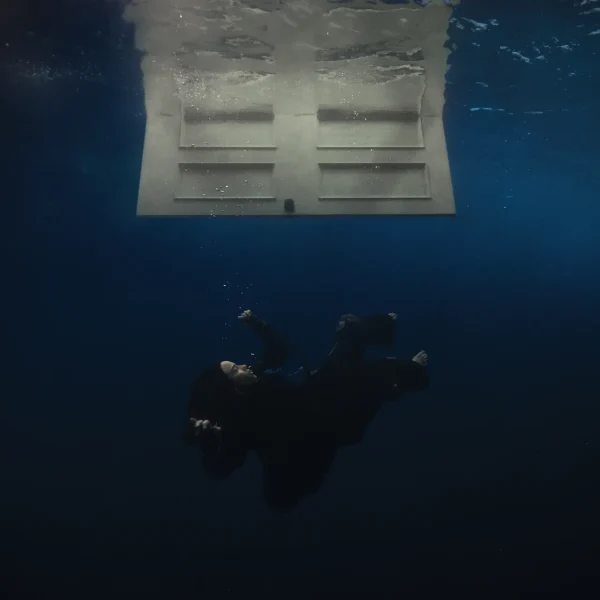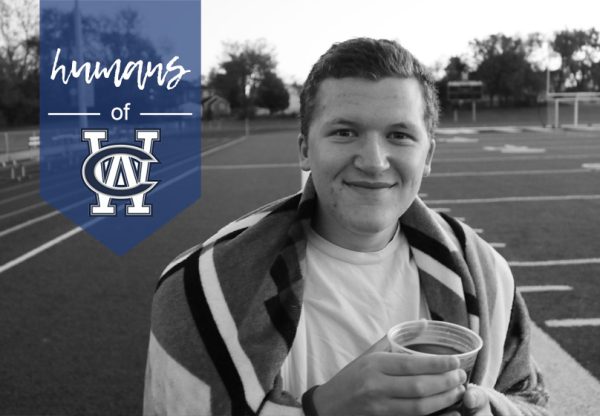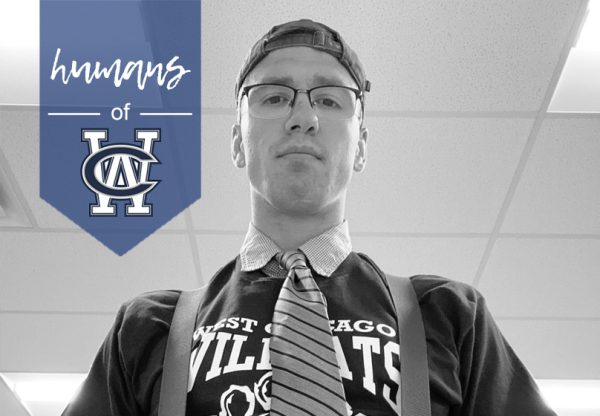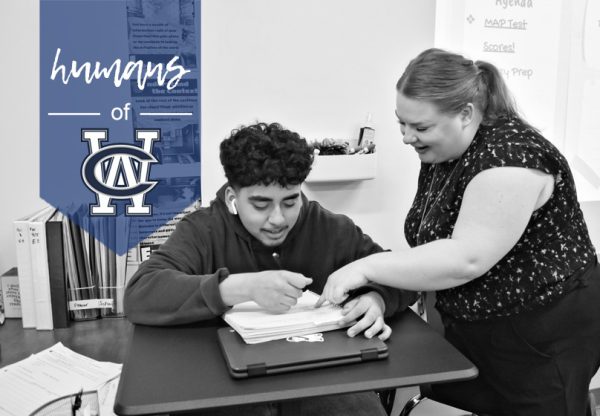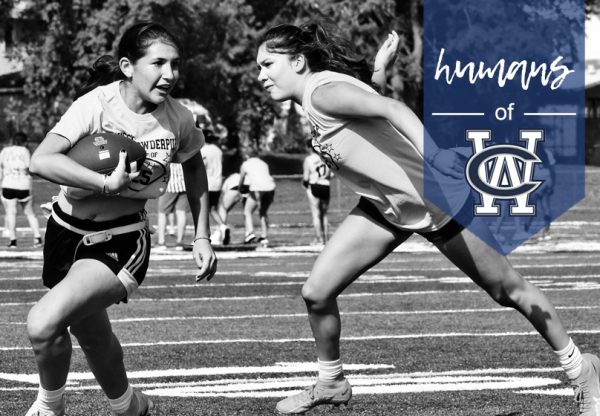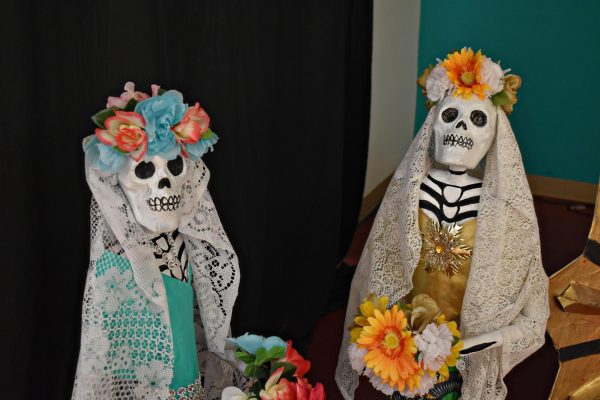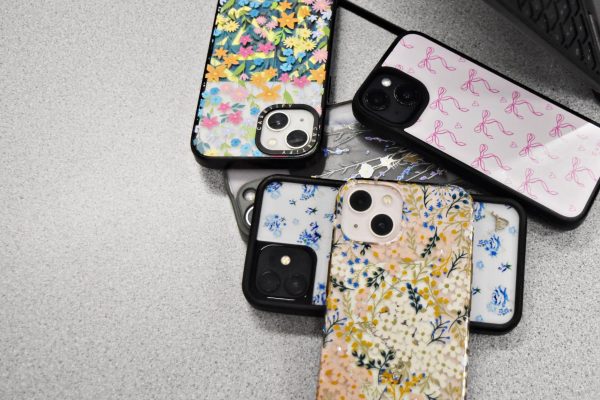WeGo Robotics’ first place rank remains unchanged after tournament
Photo by Micah Weber
WeGo Robotics’ current robot, Xochitl, at the FIRST tournament held at Wheaton Academy.
December 18, 2022
Last weekend, on Saturday, Dec. 10, WeGo Robotics attended its second FIRST tournament of the year at Wheaton Academy, where they successfully defended their number one league ranking from 14 other teams.
The structure of the event was similar to the first robotics meet, with 15 total rounds, each lasting for no more than two and a half minutes consisting of four teams split into the two alliances: red and blue. The pairings are chosen at random, preventing any two teams from planning their strategies months in advance.
In attendance from WEGO: seniors Grayson Arendt and Jack Riconosciuto, juniors Dhanveer Gill, Muaz Ali and Alexis Hernandez, sophomores Aiden Daguro and Dixie Garcia, freshman Nick Riconosciuto, Aaron Lorenc and Linette Garcia.
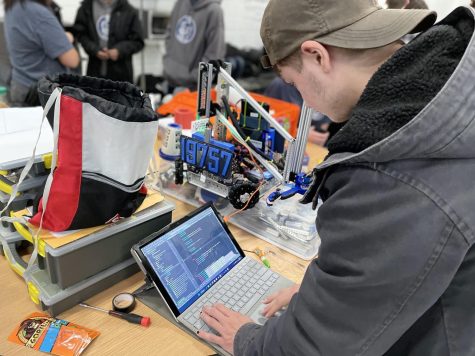
Although they could not prepare to face a certain competitor, they could make modifications to their robot that might improve their performance in contest. In WEGO’s case, several improvements and fixes needed to be made so that the robot was both functional and efficient.
“The main problem that we’ve been having with the robot is that the claw doesn’t consistently work… once after picking up a few cones, the claw wouldn’t close enough to actually pick it up, so we weren’t able to score points that way,” said Ali, the team’s driver.
Functionality in the claw is an integral part of WEGOs robot as without it, the only points that the team can score are junctions, still worth points but not nearly as effective as stacking cones. The fix was an overhaul for the claw improved friction and strength ensured that they would not again have to resort to pushing cones for points.
However the claw was not the only part of the robot that needed fixing, during the week leading up to the tournament: Head Programmer Arendt was working out small errors and troubleshooting other technical issues to guarantee that everything worked smoothly on the coding side of the robot.
“Sometimes things don’t work as expected. This whole week, we’ve had errors with uploading code and stuff because things weren’t up to date completely, and that was just throwing everything off,” said Arendt.
In programming it is not always realistic to do everything from scratch, so teams like WEGO will often source bits and pieces from sites like GitHub, easing the workload on the programmers, and allowing their focus to be put into other things like fine tuning and controls. When software is not up to date, it can sometimes cause issues or be incompatible with other newer versions of different software. But WEGO worked through these issues and by tournament day, the team had a robot that was competition ready.
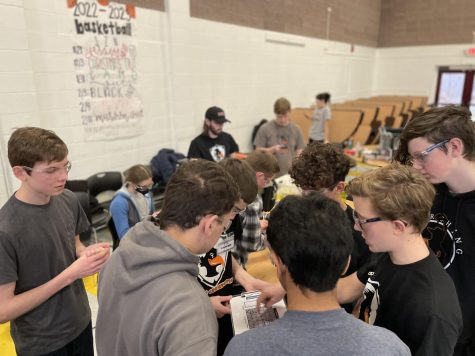
On the morning of Dec. 10, teams were up and ready at Wheaton Academy hours before matches were even set to begin. The event took place in one of the school’s cafeterias which had been divided down the middle, teams on one side, spectators and arena on the other, two large televisions displayed information and an overhead view of the arena for easy viewing. All of the tables on the team side covered in a mix of tools, donuts, and other morning snacks.
Although matches would not begin until about 9:50 a.m., most groups arrived early. Aside from the obvious like last-minute touches or tests, teams came to scout.
“For this meet, winning isn’t the main thing, the main thing is to find out what the other teams are like who the other teams are see how the work together, see how they work together with us, see how they work together against us. One of the main things is to scout,” said Ali.
Scouting helps teams to identify strengths and weaknesses in other teams’ designs and strategies. Some teams might integrate specific aspects of other robots into their own, or adapt strategies to better fit their playstyle when with or against a specific team or robot. Although it may initially seem like a risk for teams to share information about their constructs, in reality it is a widely accepted practice within the community to the point where teams will fill out information about their robots on forms for other teams.
But after all of that is done, the matches can begin. At this point there are four robots in the ring and four more robots on the queue tables only a few feet away. Throughout the entire tournament, WEGO only lost twice, but they eventually secured victory, winning their last match by only six points.
“We performed awesomely. They handled everything under pressure. When things didn’t go right, they just worked out how to fix it. All good stuff,” said club sponsor and LRC Director, Carol Naughton.



